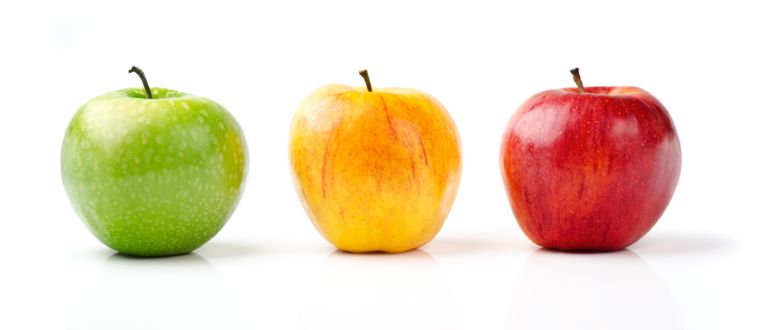We know from research that students who are below grade level in reading by the end of third grade often struggle with their reading skills throughout the rest of their P-12 schooling experience. (link to study) They are also more likely to leave school without a high school diploma. Difficulties in learning mathematics have been similarly well documented. Students with weak math skills also struggle in high school mathematics and are less likely to graduate from college (see here; go to chapter 3 on page 45). It is because of these known consequences that schools make every effort to raise the skills, abilities, and understandings of students who are weak in reading, writing, and mathematics.
At the heart of this effort is the struggle of understanding how these students think and how they learn. Clearly, the "usual way" of teaching and learning is not working; and so schools look to other resources and teaching strategies to reach these students. Understanding the best ways to motivate students to do their best in school (especially when they have experienced only failure in the past) is an important task for schools and teachers. One excellent resource is the book Mindsets by Carol Dweck. In it Dr. Dweck explains the psychology of how people perceive their abilities to learn.
There is no shortage of intervention programs that are available to schools (at a cost) for the purpose of helping students to regain "grade-level" status. Schools invest in these programs and train their teachers. Some students show excellent improvement while others do not. It is a constant challenge to find the best way to help our weakest students. But it is a challenge that our public schools eagerly accept every day.
Learning is for everyone and everyone can learn. Building the skills of our weakest students is an important responsibility of our public schools--one that we take very seriously.

No comments:
Post a Comment